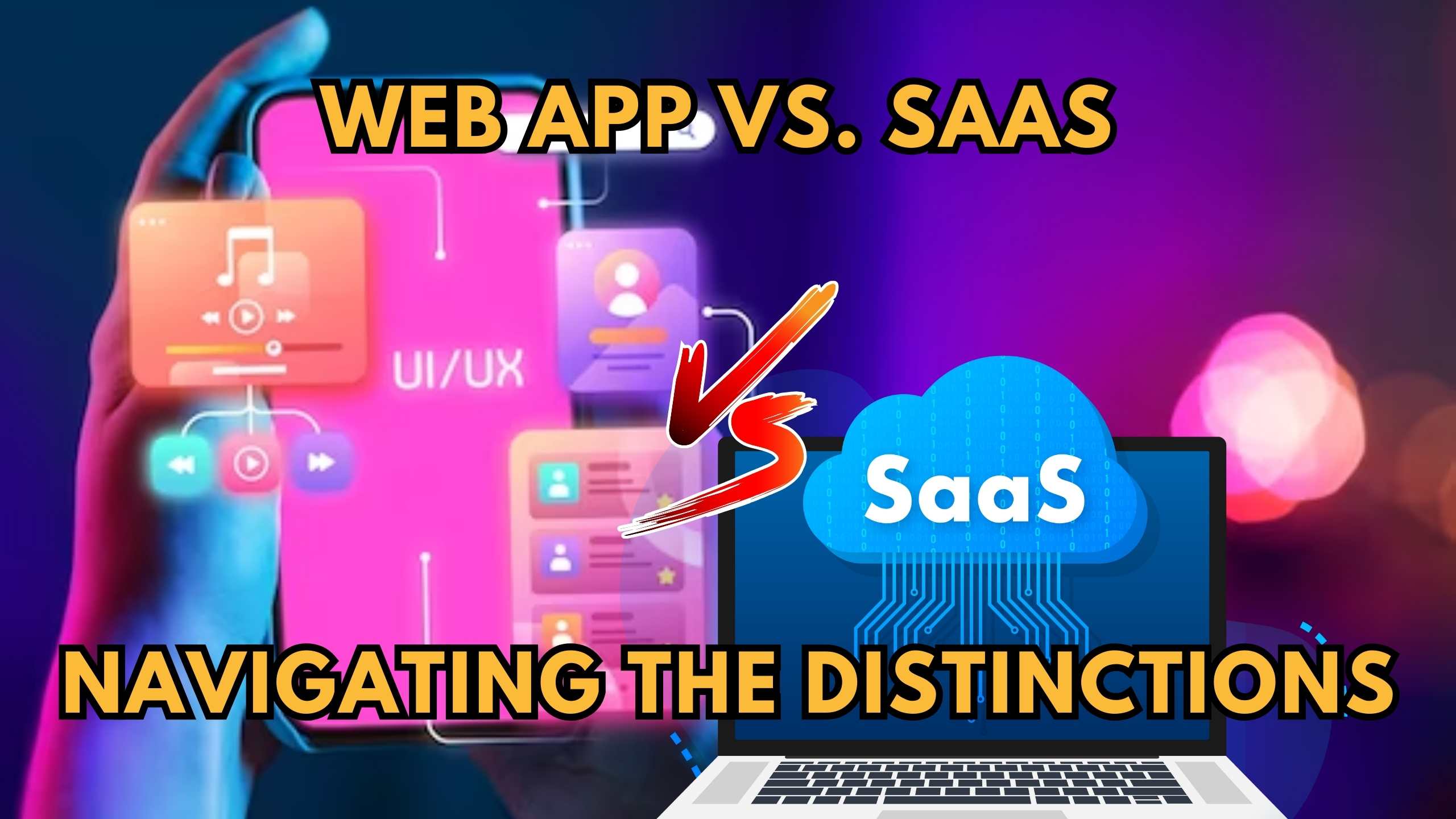Web App vs. SaaS: Navigating the Distinctions
- WebOps Platforms Bug Tracking & Feedback Software Web Development & Design


Web App vs. SaaS: Navigating the Distinctions
In the ever-evolving landscape of digital technology, understanding the distinctions between web applications (web apps) and Software as a Service (SaaS) is crucial. This blog aims to delve into the nuances that set these two apart, providing clarity on their functionalities, deployment, and user interactions. Additionally, we’ll introduce five relevant SaaS products that exemplify the diversity and utility of SaaS offerings.
Decoding Web Applications
1. Functionality and Purpose
Web applications, commonly referred to as web apps, are interactive platforms accessed through web browsers. These applications may offer various functionalities, from content management to collaborative tools. While web apps provide convenience in accessibility, their primary function revolves around delivering specific services or functions to users.
2. Development and Deployment
Web apps can be developed using various technologies such as HTML, CSS, and JavaScript. They run on web browsers and don’t require installation on users’ devices. Platforms like Trello exemplify web apps, offering project management tools through a browser interface. Trello’s agility and user-friendly design make it a go-to choice for teams collaborating on projects.
Unveiling the Essence of SaaS
3. Service-Oriented Approach
SaaS, on the other hand, adopts a service-oriented approach. Unlike web apps, SaaS is a cloud-based software distribution model that delivers applications over the internet. Salesforce, a prominent SaaS platform, offers customer relationship management (CRM) solutions accessible via the cloud. Salesforce’s SaaS model ensures users have access to updated features and centralized data without the hassle of manual updates.
4. Subscription-Based Model
SaaS often operates on a subscription-based model, providing users with continuous updates, support, and scalability. Microsoft 365 exemplifies SaaS, offering a suite of productivity tools such as Word, Excel, and PowerPoint. Microsoft 365’s subscription model ensures users always have access to the latest versions of these essential applications, fostering productivity and collaboration.
Navigating User Interactions
5. Customization and Configuration
Web apps are typically designed for specific functions and user interactions. Platforms like Canva showcase this by offering a web-based graphic design tool. Canva’s user-friendly interface and customization options make it an ideal choice for individuals and businesses seeking a simplified yet powerful design solution.
6. Comprehensive Business Solutions
SaaS, in contrast, tends to provide comprehensive business solutions. QuickBooks Online is an illustrative example, offering cloud-based accounting software with features like invoicing, expense tracking, and financial reporting. QuickBooks Online’s SaaS model ensures businesses have access to a robust financial platform without the need for complex on-premise installations.
Recommended SaaS Products
- Trello: Simplify project management with Trello, a web app that exemplifies agility and collaboration through its intuitive interface.
- Salesforce: Elevate your CRM with Salesforce, a SaaS solution that provides cloud-based applications for sales, service, and marketing, ensuring seamless access to critical data.
- Microsoft 365: Boost productivity with Microsoft 365, a SaaS suite offering a range of applications like Word, Excel, and PowerPoint, all accessible through the cloud.
- Canva: Unleash your creativity with Canva, a web app providing a user-friendly graphic design tool with customization options for diverse design needs.
- QuickBooks Online: Streamline your financial processes with QuickBooks Online, a SaaS solution offering cloud-based accounting software, ensuring comprehensive business solutions.
Conclusion
In conclusion, understanding the distinctions between web apps and SaaS is vital for individuals and businesses navigating the digital landscape. While web apps focus on specific functions through web browsers, SaaS adopts a service-oriented approach, delivering comprehensive solutions over the internet. As technology evolves, embracing the unique advantages of both web apps and SaaS ensures optimal efficiency and productivity.
Revolutionize Your Digital Tools with Subscribed.fyi!
Ready to revolutionize your digital toolset? Subscribed.fyi offers an all-in-one solution for managing your SaaS stack, empowering you to compare, evaluate, and select the best options for your specific requirements. Sign up for free and unlock exclusive deals, simplifying your journey in navigating the complexities of SaaS tools.
Relevant Links:





